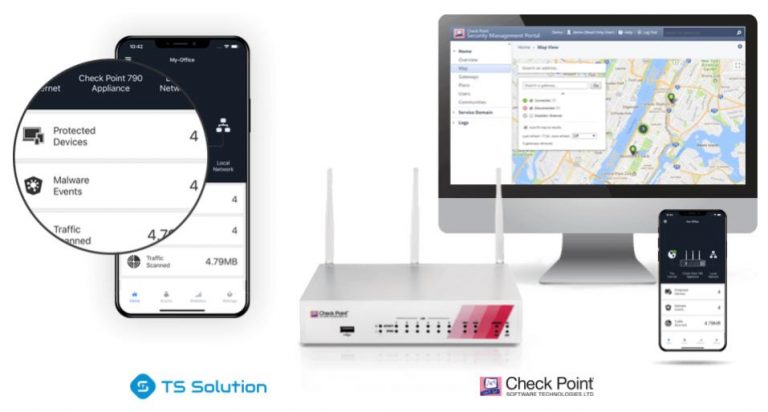Walnut Creek Software

There were a total of 4 CDs in the NASA Engineering Source Code collection: Aeronautics, Modeling, AI and Tools, and Flow and Structure. Each of them contained open source code not only for some specific utilities, but also for development tools, for example, for the Fortran language. There were also some very interesting programs like a terminal emulator OWL-1200developed in 1985 by Boeing specialists to control the IBM PC.

The most interesting were the disks that housed Usenet archives and contained the source code for applications that were relevant at that time. So, for example, on such a disk one could find an implementation of a BBS server, a utility that could reboot the BBS server after four specially crafted calls, various libraries for the C language, and much more. It's also quite interesting to read about what people were discussing and sharing at the time.
In fact, the person who ordered such a disk received many interesting tools to study. For geeks of that time, this was something akin to loot boxes, only they contained not game items inside, but knowledge and pieces of code that could be used in their own projects. Of course, there could have been outright slag there, but this was rather the exception.
Modern developers, of course, are unlikely to find such libraries useful; after all, decades have passed and technology has moved far forward. But as a hobby and to maintain your ability to read other people's code, such discs are perfect. For digital archaeologists, this data is also of considerable interest, because in it you can find long-forgotten applications that you can try to reassemble with your own hands and get a very specific result.
Conclusion
Everything that has a beginning also has an end. By the end of the 90s, more and more people began to access the Internet, this greatly impacted Walnut Creek Software's business. Traffic to their FTP server hit a record high. So, in 1998, an FTP server distributed an average of 417 GB per day, and a year later this figure more than doubled. Interest in CD-ROM software was steadily declining, and this began to reduce the company's revenues.
To stay afloat, in 2000, Walnut Creek Software merged with Berkeley Software Design, Inc (BSDI). It was assumed that the company would be able to focus on FreeBSD and derivatives. Alas, subsequent mergers and acquisitions left no trace of the original company. A few years later, the assets were divided between new owners, and the idea of distributing open source software on physical media sank into oblivion.
P.S. In fairness, we note that in 2005, the well-known company Canonical announced the ShipIt marketing program, under which it sent out Ubuntu distributions completely free of charge, with free delivery anywhere in the world. The author of this article has personally received all available versions of Ubuntu, starting with version 6.04 and ending with 10.04. By the way, this is where his passion for the Linux operating system began. Well, starting with version 11.04, the program ceased to exist, replacing the distribution of disks with the ability to download the distribution kit via the Internet.
Have you ever ordered discs from Walnut Creek Software or Canonical? We are waiting for you in the comments.




